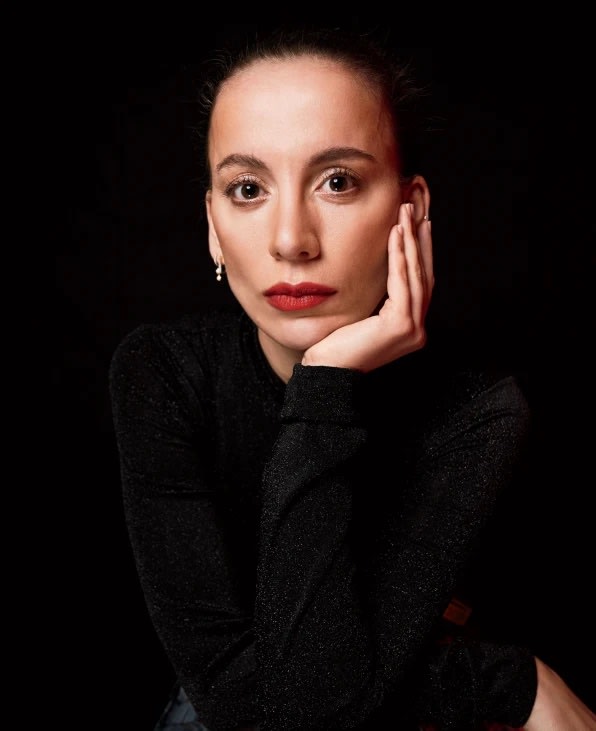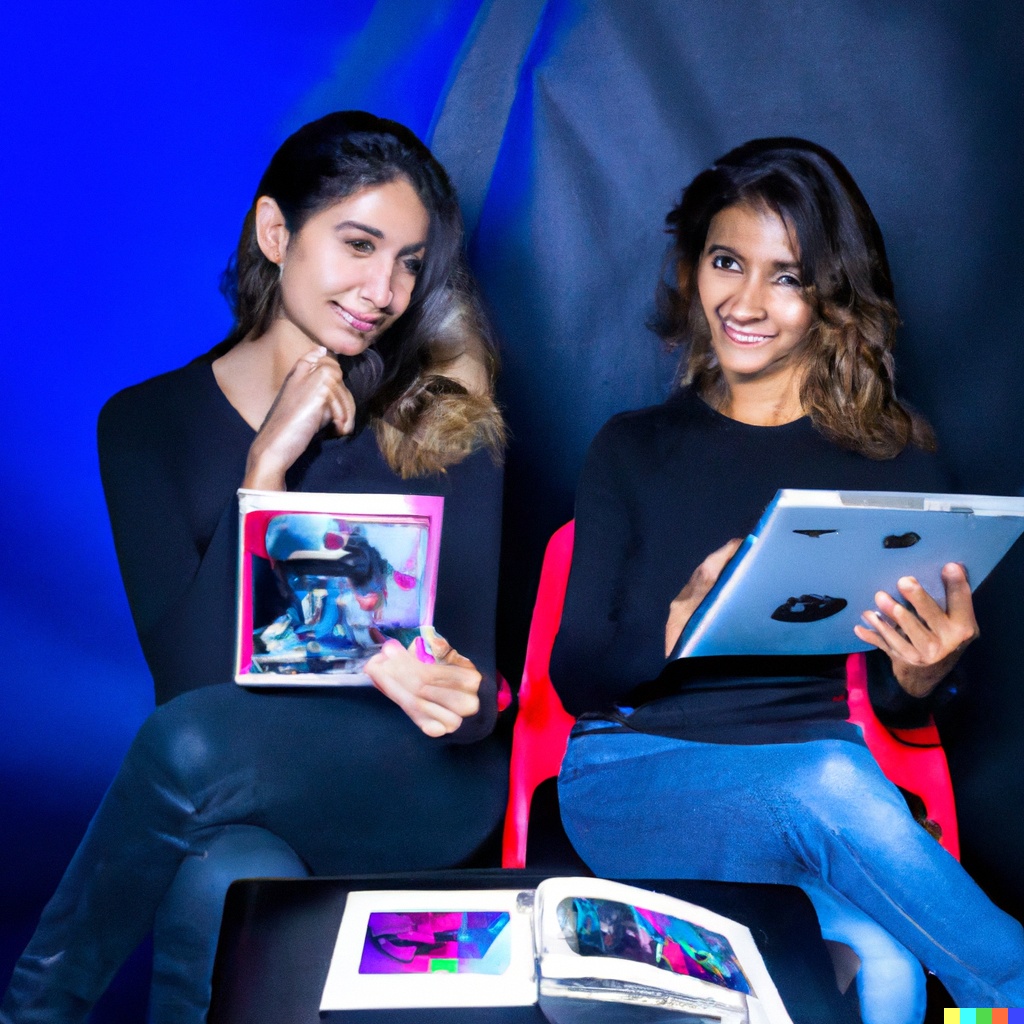Do you know Mira Murati?- The pioneer behind the advancement of AI
Source: Fast Company
Is it finally (Wo)man vs. the machine?
We have all been watching the exponential growth and sometimes controversial growth and sophistication around the advancement of AI technology and specifically AI art generators. We have had ethical debates on whether or not AI technology is expanding the potential and imagination of art and creation or if it is now impeding on how we have previously thought about art and technologists. However, few know the woman behind the machine - Mira Murati.
 Source: Fast Company
Source: Fast Company
Mira Murati is the Chief Technology Officer (CTO) at OpenAI, one of the world’s leading AI research institutes. Murati is the brain behind the development of ChatGPT, an AI language model that has revolutionized the way we interact with machines.
“ChatGPT is an AI language model that was developed by Murati and her team at OpenAI. The model is based on the GPT-3 (Generative Pre-trained Transformer 3) architecture, which uses deep learning techniques to generate natural language text. ChatGPT is trained on a massive dataset of text, which allows it to generate human-like responses to user inputs.”
So what does that mean? Essentially the machine learning of the software allows for computer learning to combine the language and description of art with the art itself to create patterns that allow the system to expand the imagination of art and create new art and creations beyond what has existed.
 August Kamp X Dall-E Girl With A Pearl Earring
August Kamp X Dall-E Girl With A Pearl Earring
Murati take on AI and its impact on potential miss information generated from this technology.
In an interview on the Daily Show with Trevor Noah, Noah asked Murati for her point of view on how this AI potentially has the ability to create and reinforce misinformation which is a very real concern people share. Her response was rooted in the importance of bringing society along for the evolution of the technology so they are aware of what is transpiring and safety protocols are put in place. For example, a guardrail of the Dall-E system is that it is not able to generate images of public figures. These limitations are called “interventions” and they are applied during the auditing process when creating the data set. This eliminates the concern that AI art can be use to perpetuate or prove false information about real people.
 This is an AI generated image from Dall-E with the terms "Mira Murati in an oil painting"
This is an AI generated image from Dall-E with the terms "Mira Murati in an oil painting"
Where do we see the benefit as creatives?
As someone that works in the creative industry I've definitely thought about how this could potentially impact our designers and creatives when were approached during the creation process. However, we have seen a ton of benefits with this level of advancement. During the ideation phase often agencies and creatives are confronted with having to render many different scenarios which could potentially be time consuming and labor intensive. Utilizing this technology to create storyboards and frames for storytelling and potential understanding of a scene has been incredibly pivotal in terms of streamlining and finding efficiencies during the ideation phase. However there are definitely some setbacks when using this type of technology. One of the most prevalent gripes with the platform is that it does take time to get the queries correct. Often you are having to create multiple different iterations of terms in order to get the image that you're looking to generate. Sometimes this process can take longer than actually developing the artwork from scratch. So one of the best strategies in order to use this platform is to be incredibly specific when looking to generate a net new image. If this level of precision isn't taken into account you are often creating images that are not useful and can often seem distorted or incredibly unrealistic.
 Botched AI Generated image "Women working in tech." Hands are often the hardest concept for AI machine has to manipulate.
Botched AI Generated image "Women working in tech." Hands are often the hardest concept for AI machine has to manipulate.
Tools have always been created to expand our inherit abilities. As Technology becomes more sophisticated, machines will continue to replace certain jobs and labor that can be expedited and automated. However, with new technology also creates new opportunities and new jobs. As we continue to see this evolution of AI technology and it's ability to automate the creation process we continue to monitor the industry to see if new opportunities are being created as well.
Sources: Fast Company, Dall-E, Global Woman Magazine
